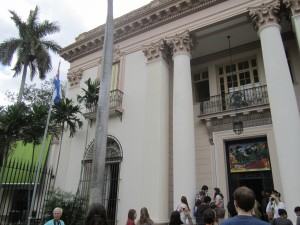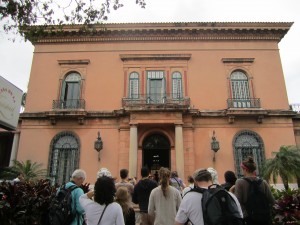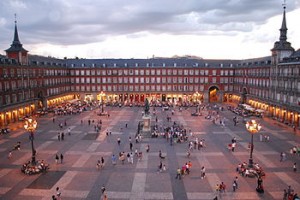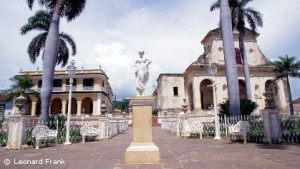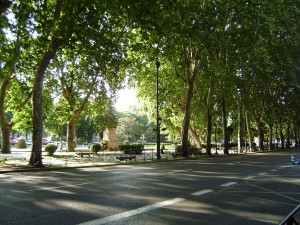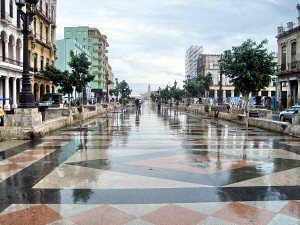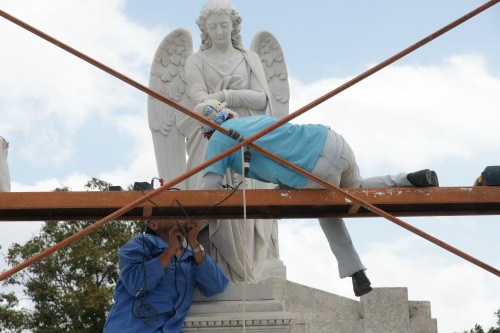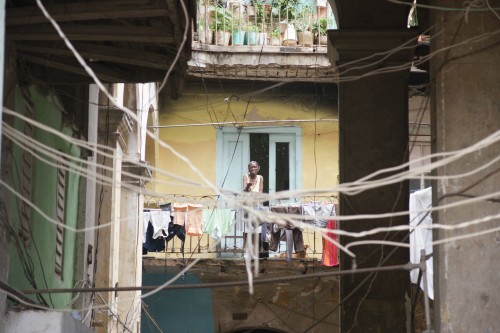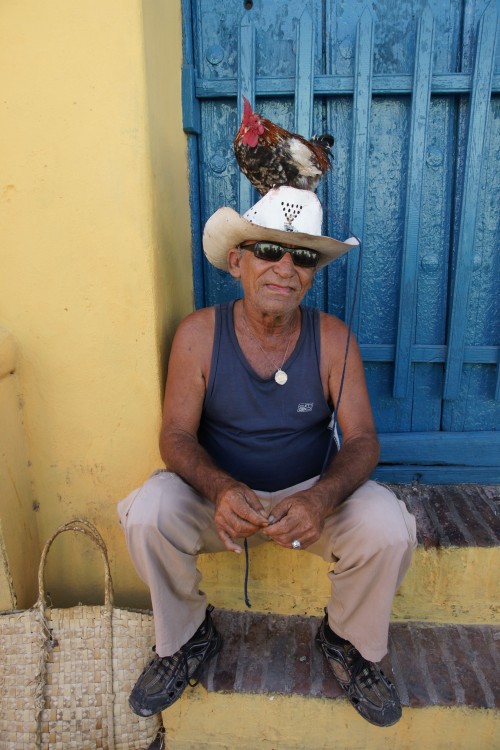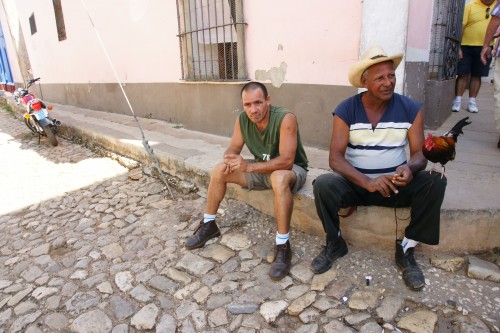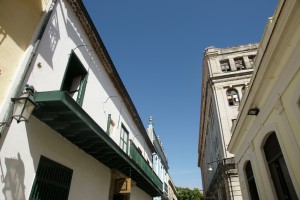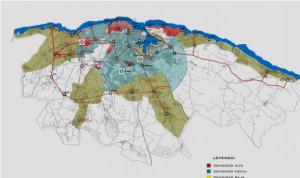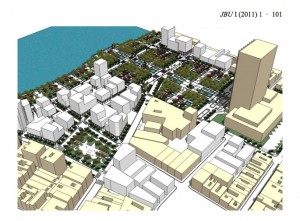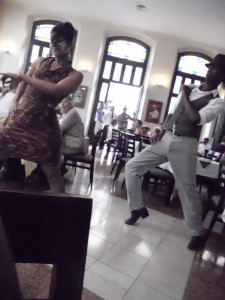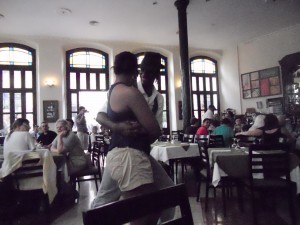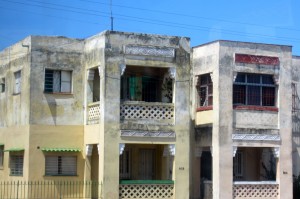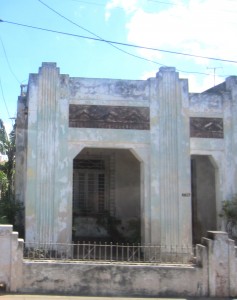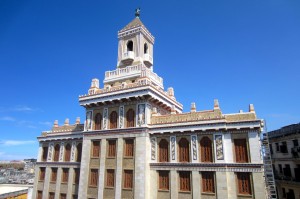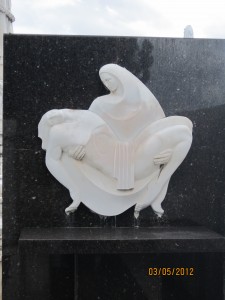El Cemetario del Cristóbal Colón.
One of the many sites we discovered as tourists, the trip to Colon Cemetery was also one of the most profound days of my life. Its hard to explain it wholly – it was so experiential – but I’ll do my best as I write and conceive this blog post. I think it starts with Colleen’s lecture of “sight vs. site” and how we can visit certain places as tourists to see the physical site of interest but then there are moments where we truly intake the things before, and on a deeper level, understand the sights in front of us. The events of that day are pretty hazy – I don’t really remember much, vividly at least, until we arrived at the cemetery. It was hot, I do remember that, and I wasn’t looking forward to walking around a bunch of dead people while I was sweating and overheating.
But, we were there and I couldn’t change my circumstances, now could I? As we met our guide – and Yoel quickly told us this tour would be a fast one – I grew less and less excited. For me, cemeteries are places of reverie and peacefulness. I don’t claim to be particularly religious but the spiritual part of myself was uncomfortable with walking around the final resting place of thousands of people just so I could “experience” this tourist sight. Yes, I know we have places that can be deemed as touristy cemeteries in the US – Arlington National, anyone? – but I have never made the choice, or been forced to make the choice, to seek out a cemetery. That left me with a stone cold feeling even in the hot weather.
At first I tried to reason with myself. I kept telling myself to enjoy the experience for what it was, that I couldn’t change the circumstances, and that maybe I’d even learn some fun facts about deceased folks. I also told myself that the Cuba government brought us here for a reason and that maybe, just maybe, there was something so culturally important at this cemetery that I needed to be here. False. On all accounts.
As the tour started, I quickly departed from the group to grab a few photos of mausoleums and headstones that caught my eye. It was a relatively quick process that I likened to my shopping habits – I went in, got what I wanted, and was done. Unfortunately for me, the group had disappeared to some other part of the gravesites and I was left to meander towards the church, central to the entire place. I immediately noticed that the church seemed to be buzzing with more activity than I would have suspected – which made me uncomfortable to say the least. As I was seated on steps of the church, I was shocked to see a Cuban hearse drive right up towards me. Immediately I grabbed my things and headed to the sidewalk, awkwardly pacing and actively trying to avoid “looking” at the procession that was occurring.
Maybe I was taking this to heart too much or maybe I felt guilty as, in comparison to most Cubans, an upper class 1st world citizen but my heart dropped when I saw the procession heading towards our tour group. I just couldn’t imagine being at home, burying one of my parents, and seeing an awkward group of people taking snapshots and talking during what would probably be one of the hardest things to experience ever in life. It was, to say the least, a shocking moment for me. In that instance I think I felt every negative emotion about 20 times in concussive succession. I was angry, I was hurt, I was saddened, I was alarmed – everything. I don’t think I was near tears, but if I was a crier, I’d have been shedding alligator tears.
It took the rest of the day for me to analyze and ingest what I’d seen. I talked to various people about it, especially those that were in the group that accidentally walked through the middle of the procession, and most felt the same way I did. What were we feeling? Guilt, definitely. But what kind of guilt? The guilt of tourists? The guilt of 1st world citizens? The guilt of privilege? The guilt of gaze? I didn’t know then and I still don’t know now. But even as I sit in my room and write this blog post, the memories and visceral feelings come flooding back as if I were watching the whole event again.
The sight/site will never leave my mind.
Posted in Uncategorized | No Comments »

